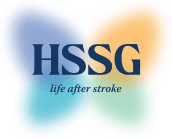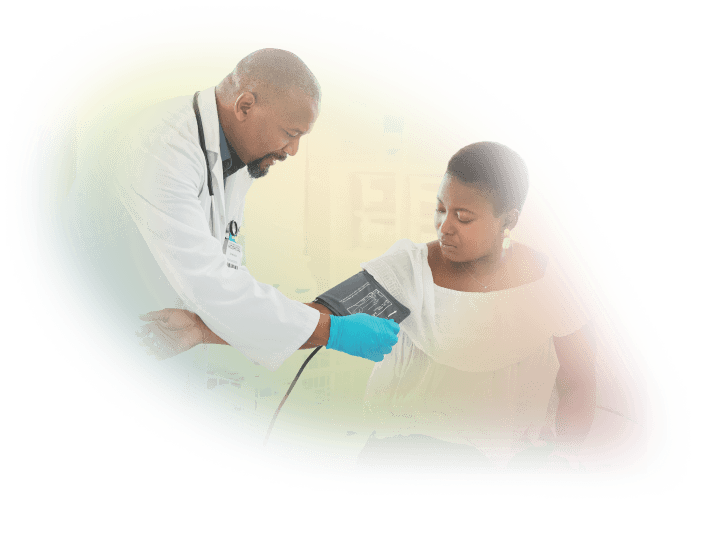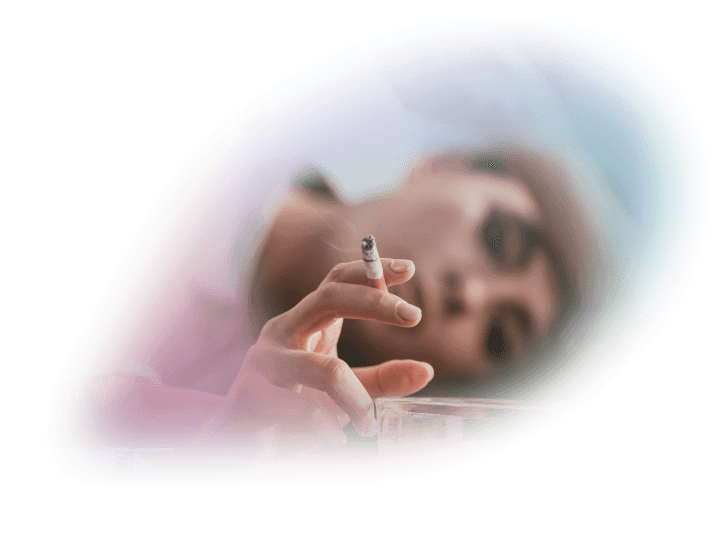
What is aStroke?
Stroke happens either when the blood supply to part of your brain is cut off because of a blood clot or when a brain artery ruptures and leads to a haemorrhage.
Stroke is a leading cause of death and disability worldwide, but most strokes can be prevented by addressing a small number of key
risk factors.
1 in 5 people who have a stroke are diabetic
1 in 4 people are at risk of stroke in their lifetime

Haemorrhagic strokes
Haemorrhagic strokes happen when a weakened blood vessel ruptures and bleeds into the brain. The blood builds up and creates pressure on the surrounding brain tissue. These bleeds can be caused by an aneurysm or an arteriovenous malformation (AVM).
Aneurysm
An aneurysm is a ballooning of a weakened region of a blood vessel. If left untreated, the aneurysm continues to weaken until it ruptures and bleeds into the brain.
Arteriovenous Malformation (AVM)
An AVM is a cluster of abnormally formed blood vessels. Any one of these vessels can rupture, also causing bleeding into the brain.
Ischemic strokes
These strokes occur as a result of an obstruction in a blood vessel supplying blood to the brain. An obstruction of blood flow in the blood vessel can cause a blood clot to form, this
is called a cerebral thrombosis.
The main cause of cerebral thromboses are fatty deposits in blood vessels and arteries (atherosclerosis). Blood vessels can also be blocked by a blood clot that has formed in another part of the body, usually the heart or large arteries of the upper chest and neck. Sometimes a portion of a blood clot breaks loose, enters the bloodstream and travels through the brain's blood vessels until it reaches vessels too small to let it pass. This is called a cerebral embolism.
The main cause of this kind of clot is an irregular heartbeat, known as atrial fibrillation (AF).
Factors That
Contributes of stroke
Know theSignsof aStroke
While stroke is the fifth leading cause of death, few people know the signs. Use the acronym BE FAST to remember the signs of stroke, and what to do if someone near you is experiencing them.
Get theupperhand onStroke







